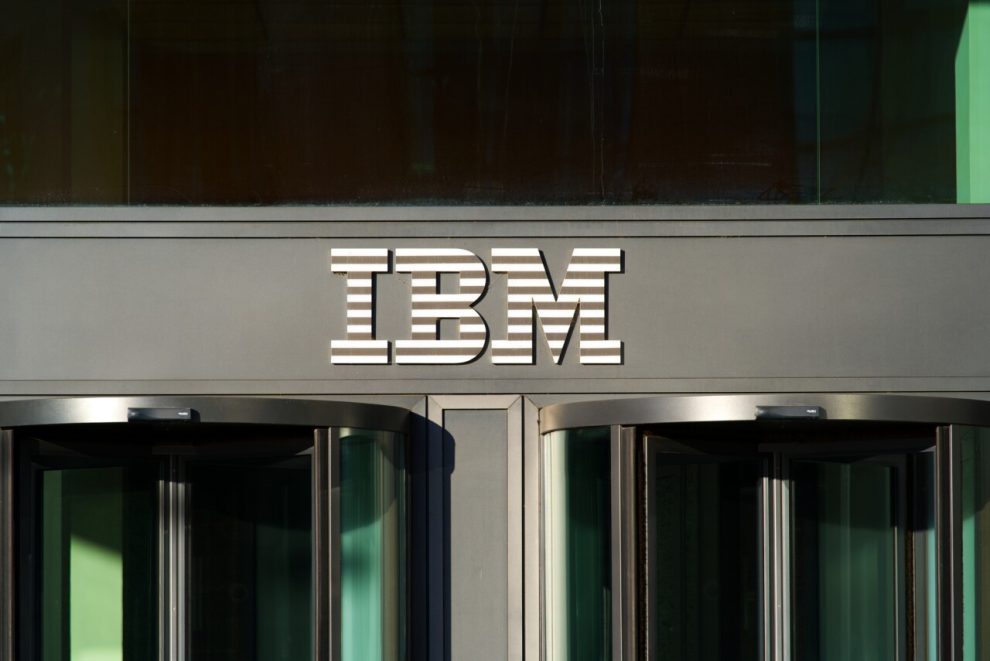It is a sector “in which we must be at the forefront and in which we cannot depend on others,” Scholz added, underlining the sovereignty issues linked to the development of quantum technologies.
The data center is equipped with two quantum computers that can be accessed through the cloud by 80 European IBM clients who are testing the development of quantum solutions applicable to industry, banks or governments.
This is the first center of this type that IBM sets up outside the United States.
“It is important for our clients that their data remains in Europe,” Saba Zia Hassan, a quantum physics engineer at IBM, told AFP.
This space will also soon house the latest model quantum processor developed by IBM, called Heron, says Hassan.
This allows the speed of IBM’s quantum computers to be multiplied by 25 compared to previous models, according to the company.
Although it remains essentially experimental, one day quantum technology could solve problems in record time that are too complex for current and future computers, such as the development of medicines or the creation of innovative materials.
IBM, like other technology giants such as Google, is investing heavily in research in this field. The company claims to have 250 customers worldwide, who are testing its quantum computers for prototype industrial applications.
These include the leading European car manufacturer Volkswagen, the equipment manufacturer Bosch and the bank HSBC.
What is a quantum center?
According to IBM, quantum computing uses specialized technology, including computer hardware and algorithms that use quantum mechanics, to solve complex problems that classical computers or supercomputers cannot solve, or cannot do so fast enough.
Quantum processors use quantum bits (or qubits), the base components of quantum computing and with an infinite number of possible states, which can be superimposed (0 and 1 at a time) and intertwined, while the bits of classical computers only have two. possible states (0 or 1).
Superposition and interleaving allow for massively parallel mathematical operations, as the computer is able to explore all solutions at the same time rather than one by one.
With information from AFP.










![[Img #74661]](https://thelatestnews.world/wp-content/uploads/2024/12/The-power-of-ultrasound-150x150.jpg)



![[Img #74661]](https://thelatestnews.world/wp-content/uploads/2024/12/The-power-of-ultrasound-300x200.jpg)

Add Comment